Add: No. 43, Chenguang Road, East New District, Wenling, Taizhou, Zhejiang, China
Phone: +86-576-86338686
+86-576-86330086
E-mail: qjh@zjqjh.com
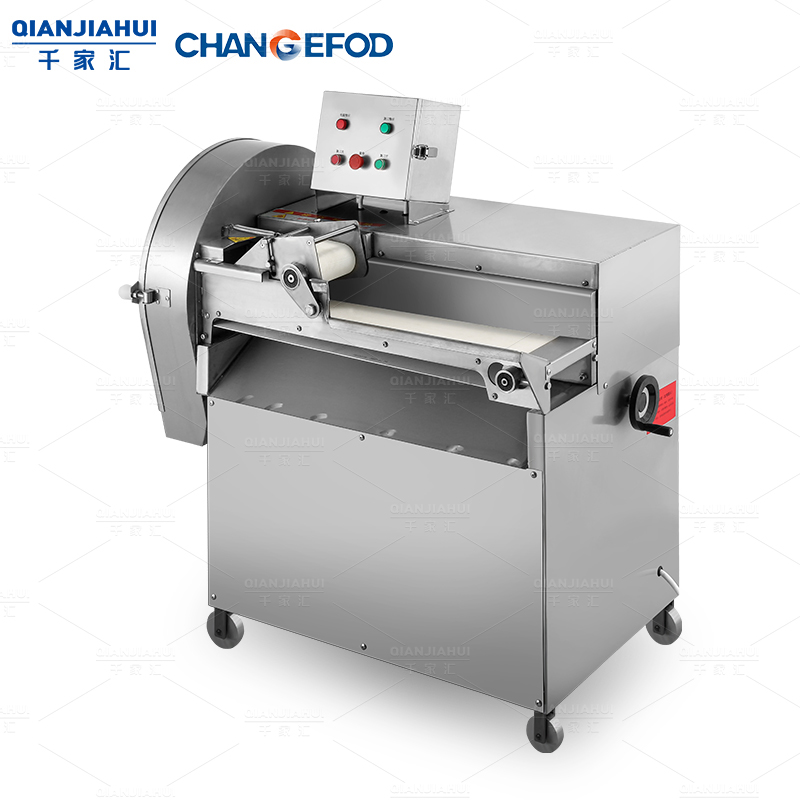
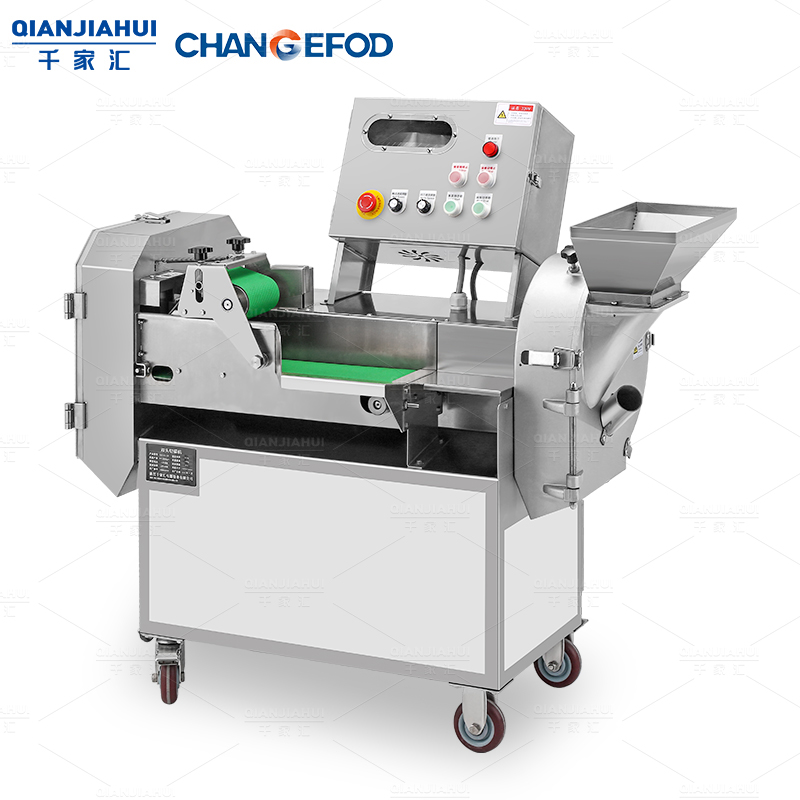
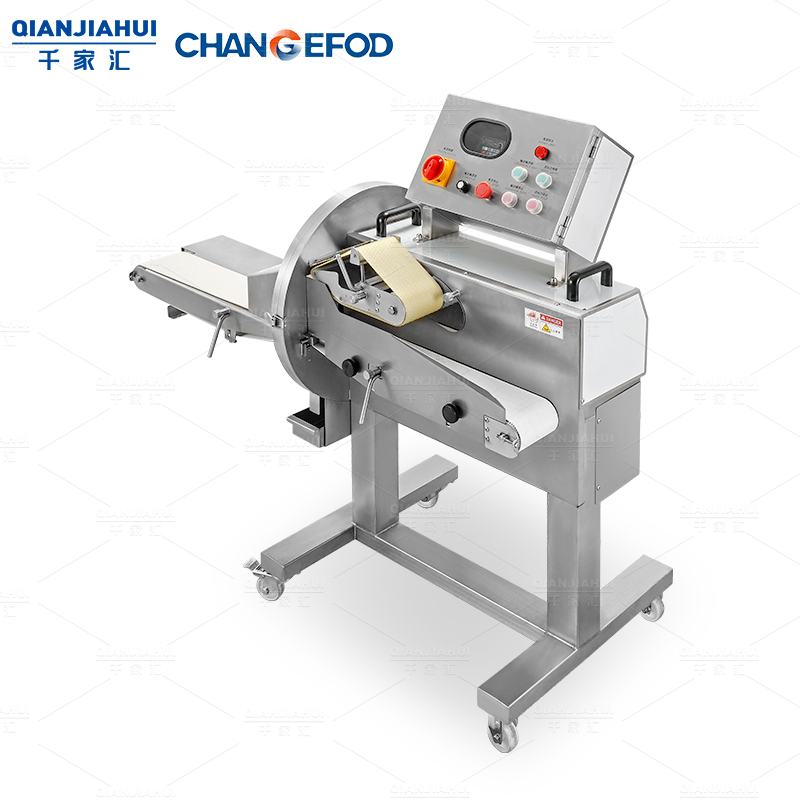
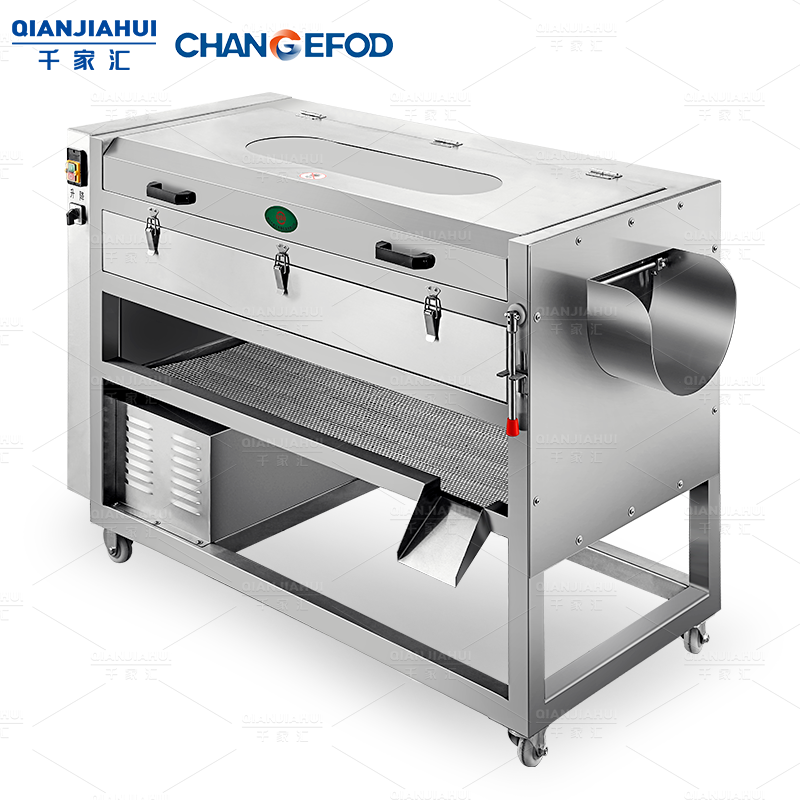
Root Vegetable Cutter, we introduce foreign advanced technology after careful design and production ...
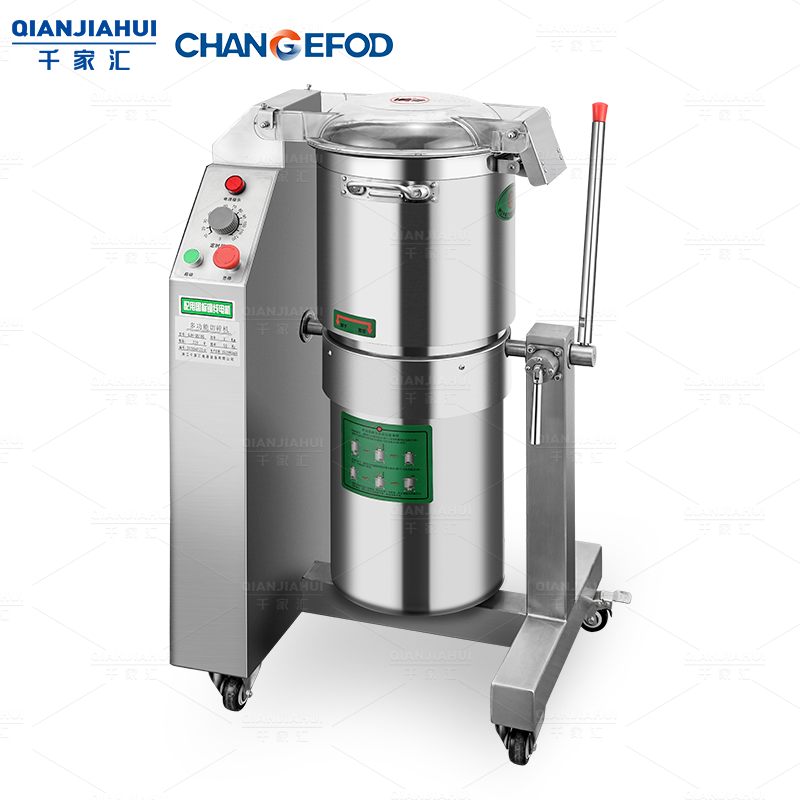
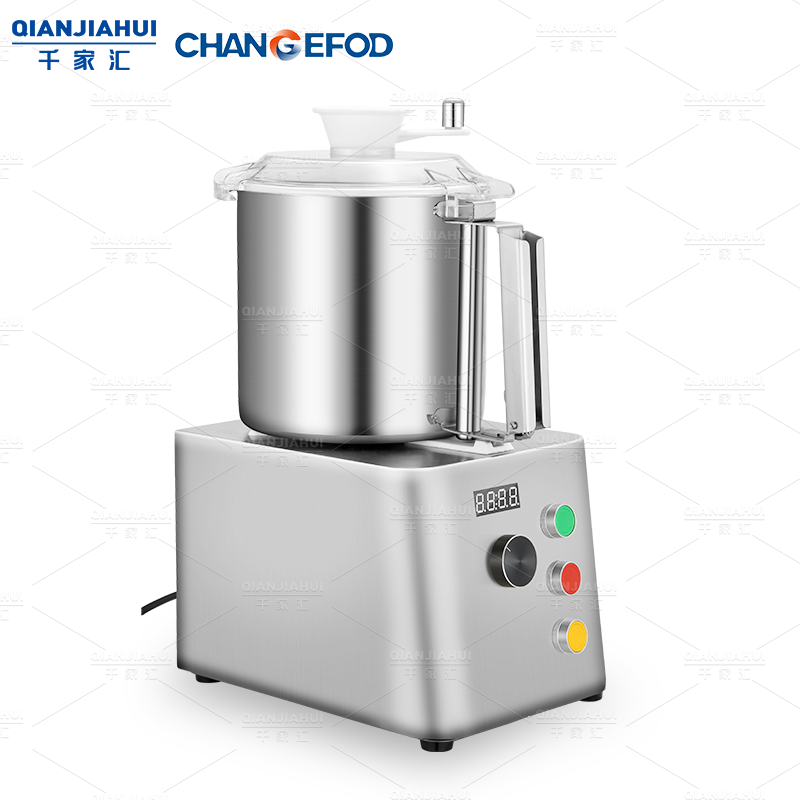
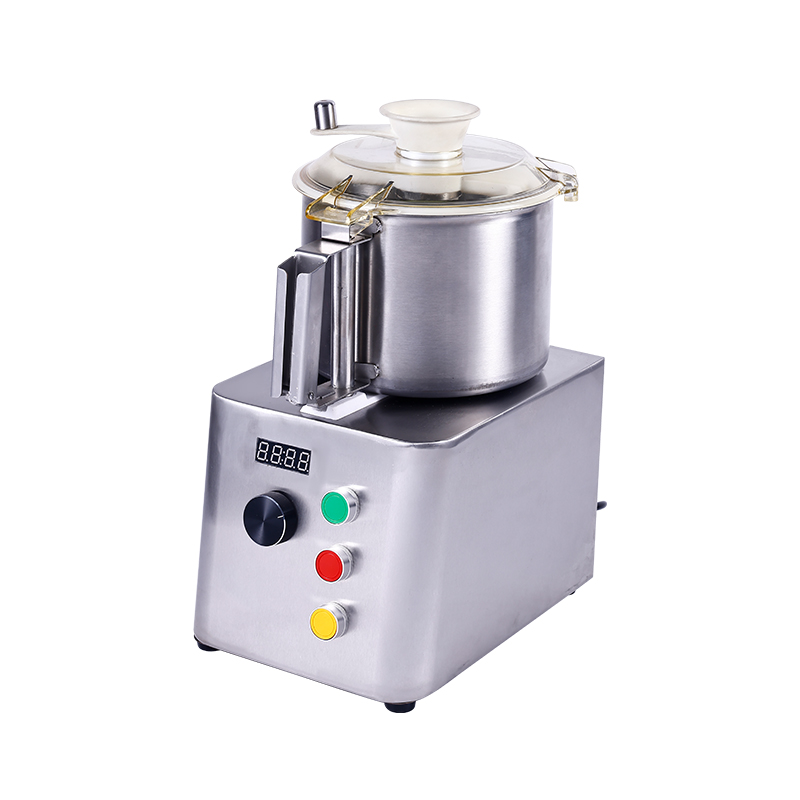
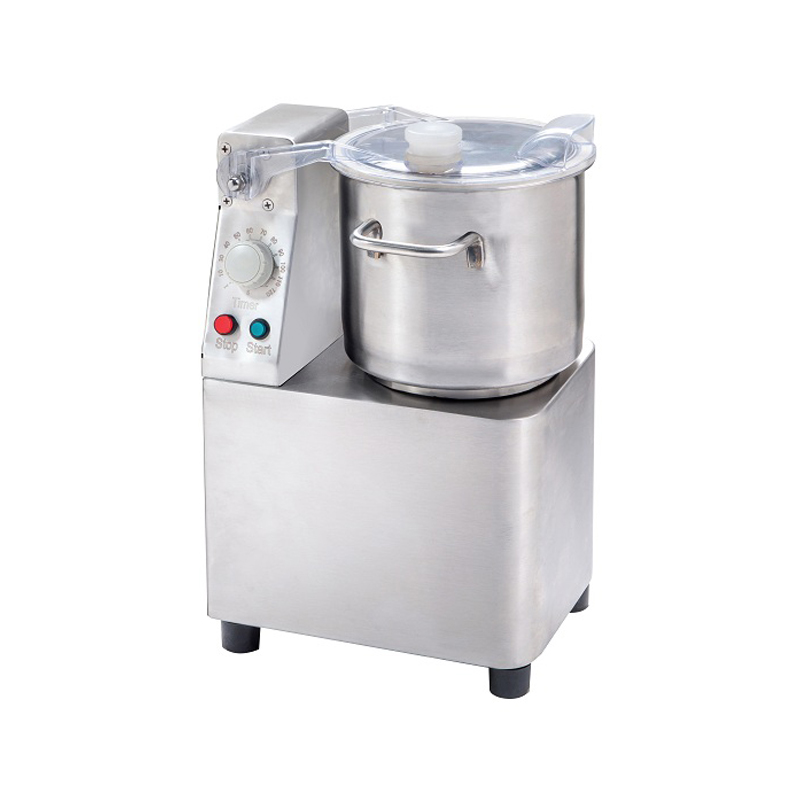
The shredder is used for chopping onions, ginger, garlic and other seasonings, dried fruits and meat...
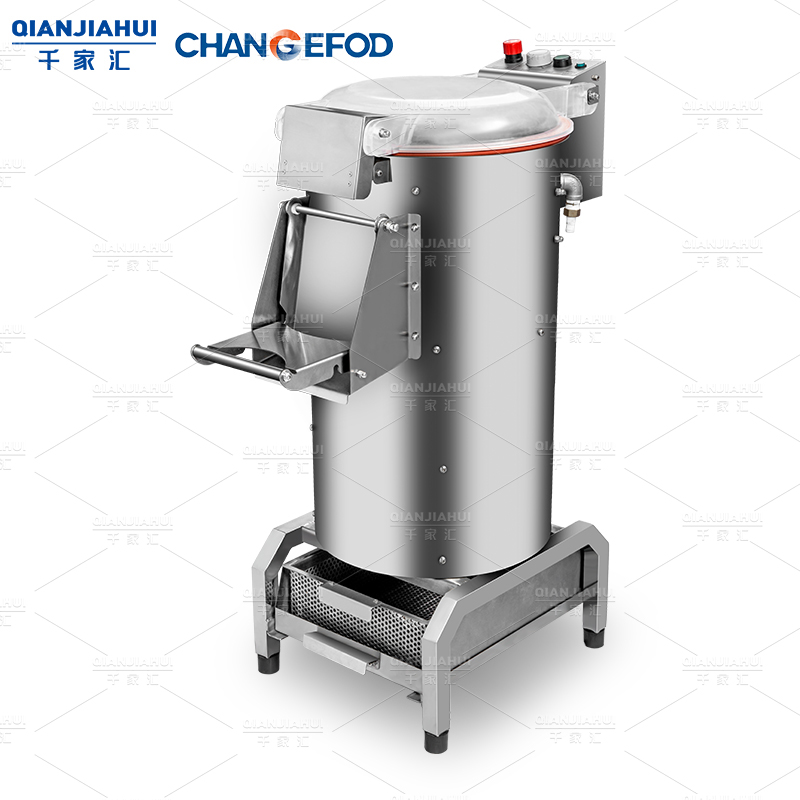
The potato peeler is used to peel potatoes by rubbing the sandpaper. Depending on the capacity we ha...
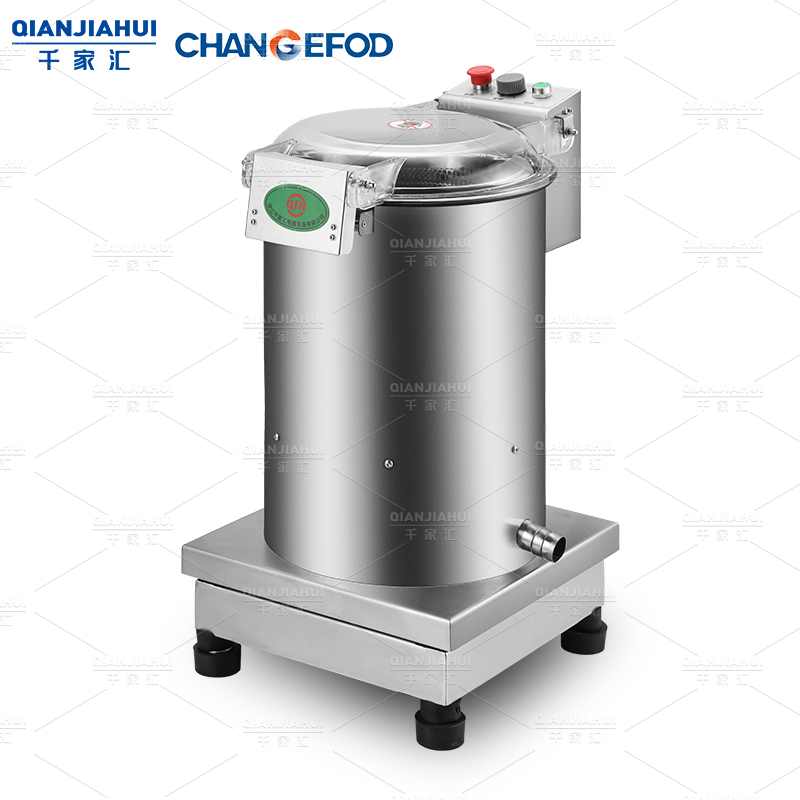
The vegetable dewatering machine is made of stainless steel and the bottom of the machine has been t...
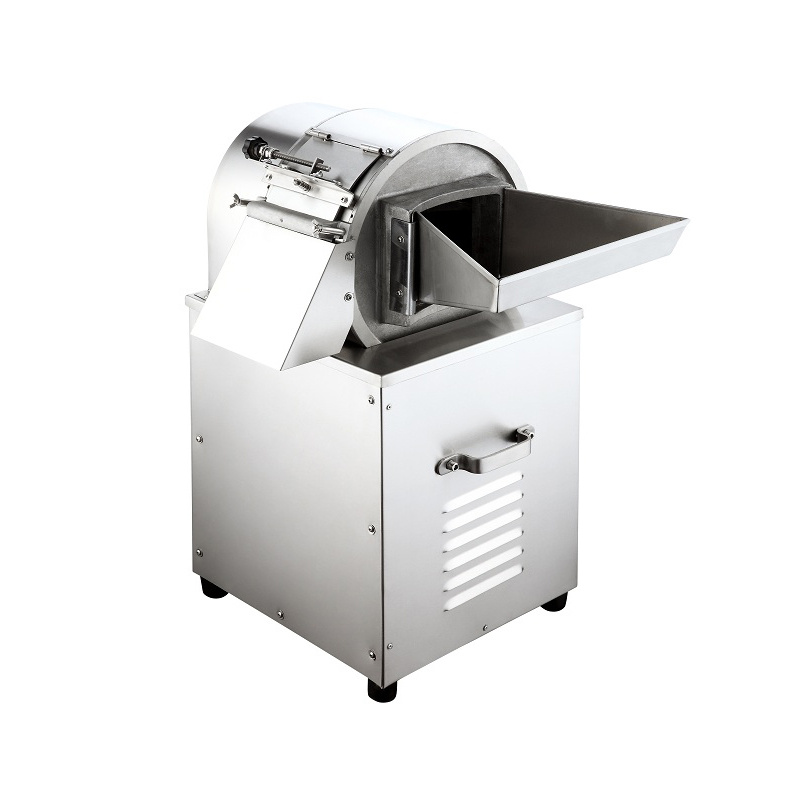
The french fries cutter is a machine that puts the potatoes into the machine, turns them over and th...
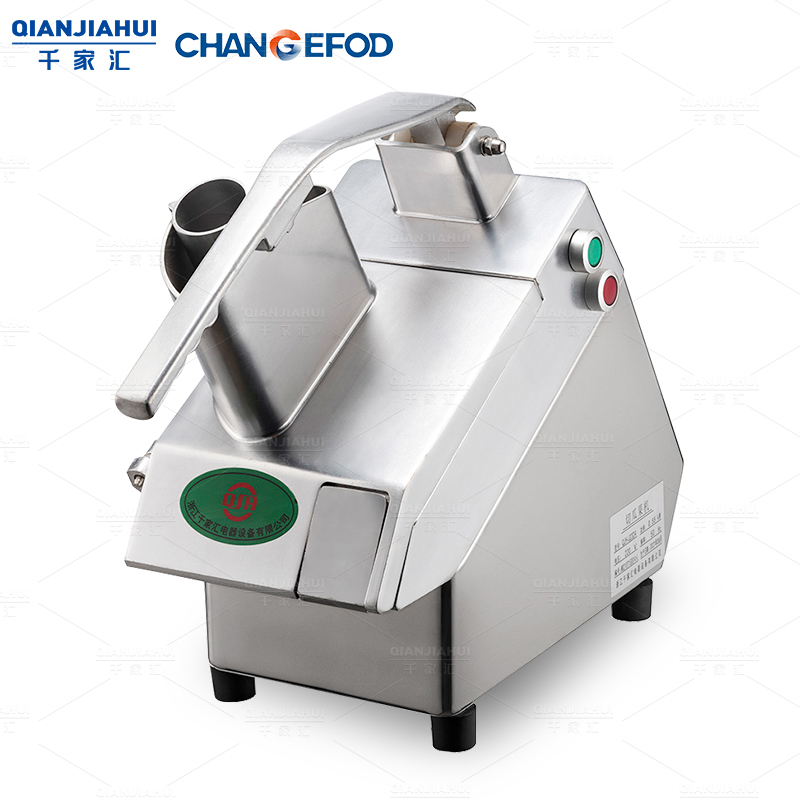
The melon cutter is designed to slice, shred and dice with a combination of different cutter discs. ...
Customization: We have a strong R&D team, we release new models every year and improve old models, there is no best but better;
Quality: We have our own special quality system, and there will be strict inspection standards in each process from the start of raw materials to the production offline;
Capacity: Our annual output exceeds 60,000 units, which can meet the needs of customers with different purchases;
Market: We are based on high-grade and mid-to-high-end markets, our products conform to international standards, and are mainly exported to Europe, the Middle East, Southeast Asia and other countries.


Custom OEM Automatic Tabletop Bone Saw Machine Exporter The Automatic Tabletop Bone Saw Machine has emerged as a critical tool in the meat processing and butchery industries, renowned for its ability to handle tough tasks with remarkable efficiency. One of the key aspects that define the performance of any bone saw is its cutting speed, and the Automatic Tabletop Bone Saw Machine is no exception. This comprehensive article will explore the cutting speed of the Automatic Tabletop Bone Saw Machine, evaluating its performance in various scenarios and the factors that influence it. The Automatic Tabletop Bone Saw Machine is designed with advanced technology to ensure rapid and precise bone cutting. Its speed is a result of the integration of powerful motors, high-quality blades, and a well-engineered mechanism that allows for resistance during operation. The cutting speed of the Automatic Tabletop Bone Saw Machine is a testament to its good design and engineering, which is why it has become a preferred choice among professionals. In terms of raw speed, the Automatic Tabletop Bone Saw Machine is capable of cutting through bones at a rate that far exceeds manual methods. The speed at which it operates is not only impressive but also adjustable, allowing users to tailor the cutting speed to the specific requirements of their task. This flexibility is one of the many advantages of the Automatic Tabletop Bone Saw Machine, as it can adapt to both small and large-scale operations with equal efficiency. However, the cutting speed of the Automatic Tabletop Bone Saw Machine is not just about raw numbers; it is also about the quality of the cuts. A machine that cuts too quickly may sacrifice precision, causing uneven cuts and wasted material. The Automatic Tabletop Bone Saw Machine strikes a balance between speed and accuracy, ensuring that each cut is clean and precise, regardless of the bone's size or shape. The efficiency of the Automatic Tabletop Bone Saw Machine is further enhanced by its ability to maintain a consistent cutting speed, even when dealing with difficult or irregularly shaped bones. This consistency is crucial in a production environment where downtime and variability can significantly impact the bottom line. The machine's design ensures that it can maintain its cutting speed without compromising on safety or the integrity of the cut. Moreover, the Automatic Tabletop Bone Saw Machine's cutting speed is not just a standalone feature; it is part of a broader system that includes blade cooling and dust extraction systems. These additional features work in tandem with the cutting speed to create a seamless and efficient operation that reduces user fatigue and improves productivity. It is also worth noting that the cutting speed of the Automatic Tabletop Bone Saw Machine can be influenced by the type of blade used. Different blades are designed for different types of bones and cutting tasks, and the right blade can significantly enhance the machine's performance. High-quality blades not only allow for faster cutting speeds but also contribute to a longer blade life, reducing downtime for blade changes. In conclusion, the Automatic Tabletop Bone Saw Machine's cutting speed is a critical aspect of its overall performance. It is a machine designed for speed, precision, and efficiency, capable of handling a wide range of bone-cutting tasks with ntime. The combination of advanced technology, high-quality components, and user-friendly design makes the Automatic Tabletop Bone Saw Machine a reliable choice for any meat processing or butchery operation. Its cutting speed is not just a number; it is a reflection of the machine's ability to deliver on its promise of well in bone cutting.
Read MoreSale China Automatic Tabletop Bone Saw Machine Producer The Automatic Tabletop Bone Saw Machine has changed the way bones are cut in the meat processing industry, offering a combination of precision, speed, and ease of use. However, one of the concerns that often arises with such machinery is the potential for significant vibration during the cutting process. This article aims to investigate whether the Automatic Tabletop Bone Saw Machine generates substantial vibrations that could affect its performance, safety, and longevity. Vibration is a natural byproduct of the mechanical forces exerted during the operation of any sawing device. The Automatic Tabletop Bone Saw Machine, despite its compact design, is no exception. However, the extent to which it vibrates during use is a matter of significant interest, particularly when considering the machine's impact resistance, stability, and the comfort of the operator. Advanced engineering and design features have been incorporated into the Automatic Tabletop Bone Saw Machine to decrease vibration, ensuring a smooth and controlled cutting process. One of the key components that contribute to the reduced vibration of the Automatic Tabletop Bone Saw Machine is its robust construction. The machine's frame is made from high-quality materials that are known for their strength and durability. This sturdy build absorbs much of the shock that would otherwise be transmitted as vibration during the cutting of bones. The use of a solid base and a well-balanced design further contributes to the stability of the Automatic Tabletop Bone Saw Machine, reducing the likelihood of unwanted movement. Another factor that plays a role in the vibration levels of the Automatic Tabletop Bone Saw Machine is the type of motor used. High-quality, industrial-grade motors are typically quieter and produce less vibration than their lower-quality counterparts. The Automatic Tabletop Bone Saw Machine employs such a motor, which not only ensures efficient cutting but also keeps vibration. This choice of motor is crucial for maintaining a safe working environment and for the longevity of the machine. The blades used in the Automatic Tabletop Bone Saw Machine are another aspect that affects vibration. Sharp, well-maintained blades cut through bone more efficiently, reducing the friction and resistance that can cause increased vibration. The machine is designed to accommodate a range of blade types and sizes, allowing operators to choose the appropriate blade for the specific task at hand, which in turn can help to decrease vibration. In terms of operator comfort and safety, the Automatic Tabletop Bone Saw Machine includes features such as vibration-dampening handles and adjustable speed controls. These elements allow the operator to have greater control over the cutting process, reducing the physical impact of vibration on the user. The ergonomic design of the machine also ensures that the operator can work for extended periods without experiencing discomfort or fatigue. Maintenance and proper use of the Automatic Tabletop Bone Saw Machine are also crucial in managing vibration levels. Regular servicing, including blade sharpening and motor checks, can prevent excessive wear and tear that could cause increased vibration. Additionally, following the manufacturer's guidelines for operation can help to ensure that the machine is used in vibration-efficient manner possible. In conclusion, while it is true that some level of vibration is inherent in the operation of any bone saw machine, the Automatic Tabletop Bone Saw Machine has been designed with numerous features to mitigate this issue. From its sturdy construction and high-quality motor to its sharp blades and ergonomic design, this machine is engineered to decrease vibration, ensuring a safe, efficient, and comfortable cutting experience. Through proper maintenance and adherence to operational guidelines, the Automatic Tabletop Bone Saw Machine can maintain low vibration levels, making it a reliable choice for meat processing facilities.
Read MoreChina Automatic Tabletop Bone Saw Machine Manufacturing In the meat processing industry, the ability to handle a variety of bone sizes and shapes is a critical capability for any cutting equipment. The Automatic Tabletop Bone Saw Machine, with its advanced technology and design, has been touted as a solution for efficient and precise bone cutting. This article delves into the question of whether the Automatic Tabletop Bone Saw Machine is truly suitable for cutting different sizes and shapes of bones, examining its features, flexibility, and performance in various scenarios. The Automatic Tabletop Bone Saw Machine is engineered to meet the demands of modern meat processing facilities, where versatility is as important as efficiency. Its design incorporates adjustable settings that allow for customization in cutting, which is essential for dealing with the diverse range of bones encountered in the industry. From small poultry bones to large beef bones, the Automatic Tabletop Bone Saw Machine is expected to perform with equal proficiency. One of the key features of the Automatic Tabletop Bone Saw Machine is its adjustable blade speed and feed rate. This allows operators to tailor the cutting process to the specific bone they are working with, ensuring that each cut is made with the precision required for that particular size and shape. The machine's ability to adapt to different bone types is a testament to its engineering and the thought put into its design. In addition to adjustable cutting parameters, the Automatic Tabletop Bone Saw Machine also boasts a robust construction that can withstand the rigors of cutting through tough and dense bone materials. The strength and durability of the machine are critical when considering its suitability for various bone sizes and shapes, as it must be able to maintain performance without compromising on safety or efficiency. The versatility of the Automatic Tabletop Bone Saw Machine is further enhanced by its ease of use. The machine is designed with user-friendly controls that make it simple for operators to switch between different cutting modes and settings. This ease of operation ensures that even those with varying degrees of experience can effectively use the Automatic Tabletop Bone Saw Machine to cut a wide array of bone sizes and shapes. However, it is also important to consider the limitations of the Automatic Tabletop Bone Saw Machine. While it is designed to handle a wide range of bone sizes, there may be certain bad cases where the machine's capabilities are stretched. For instance, extremely large or unusually shaped bones may require additional adjustments or even custom solutions to ensure safe and effective cutting. This is where the machine's adaptability and the support of the manufacturer become crucial. In conclusion, the Automatic Tabletop Bone Saw Machine is indeed suitable for cutting different sizes and shapes of bones, thanks to its adjustable settings, robust construction, and user-friendly operation. While it may face challenges with certain bone sizes and shapes, its overall design and functionality make it a valuable asset in the meat processing industry. As technology continues to advance, the capabilities of the Automatic Tabletop Bone Saw Machine are likely to expand, further solidifying its position as a key piece of equipment for bone cutting in various applications.
Read MoreDesign Automatic Tabletop Bone Saw Machine Manufacturer The Automatic Tabletop Bone Saw Machine has become an indispensable piece of equipment in the meat processing industry, known for its efficiency and precision in cutting through bones. However, with the growing concern for sustainability and the rising costs of energy, the question of how much energy this machine consumes has become increasingly important. The energy efficiency of the Automatic Tabletop Bone Saw Machine is a critical factor in determining its overall value and feasibility for long-term use in commercial kitchens and meat processing plants. One of the primary concerns when discussing the energy consumption of the Automatic Tabletop Bone Saw Machine is its motor power. The power rating of the machine directly influences its energy usage. Modern models of the Automatic Tabletop Bone Saw Machine are designed with energy-efficient motors that consume less power while maintaining high torque and speed. This design innovation allows the machine to cut through bones quickly and efficiently, reducing the overall energy consumption during operation. Another aspect to consider is the machine's operational efficiency. The Automatic Tabletop Bone Saw Machine is engineered to reduce waste and improve the use of each cut. This not only reduces material waste but also conserves energy by ensuring that the machine is not running longer than necessary. The precision cutting capabilities of the Automatic Tabletop Bone Saw Machine mean that less energy is wasted on rework or discarded meat, which would otherwise increase the overall energy consumption. Maintenance and upkeep of the Automatic Tabletop Bone Saw Machine also play a significant role in its energy efficiency. Regular maintenance ensures that the machine runs at its suitable performance, which in turn reduces energy consumption. A well-maintained machine will have less friction, which means less energy is used to overcome that friction during the cutting process. Additionally, keeping the machine clean and free of debris can prevent blockages that could cause increased energy usage. The design of the Automatic Tabletop Bone Saw Machine also contributes to its energy efficiency. Features such as adjustable cutting speeds and variable feed rates allow operators to tailor the machine's performance to the specific task at hand. This flexibility means that the machine does not need to operate at full power all the time, which can significantly reduce energy consumption. By adjusting the settings to match the requirements of different cutting jobs, the Automatic Tabletop Bone Saw Machine can operate at a more energy-efficient level. The impact of the Automatic Tabletop Bone Saw Machine on energy consumption cannot be overlooked in the context of sustainability. As the world moves towards more sustainable practices, the energy efficiency of tools like the Automatic Tabletop Bone Saw Machine becomes even more critical. The machine's ability to reduce energy consumption while maintaining high productivity levels is a testament to its value in the meat-processing industry. In conclusion, the energy efficiency of the Automatic Tabletop Bone Saw Machine is a multifaceted issue that involves the power of its motor, operational efficiency, maintenance, and design features. By understanding these factors, operators can optimize the machine's performance to decrease energy consumption while improving productivity. The Automatic Tabletop Bone Saw Machine, with its focus on precision and efficiency, stands as a prime example of how modern technology can address the challenges of energy usage in the meat processing industry.
Read More